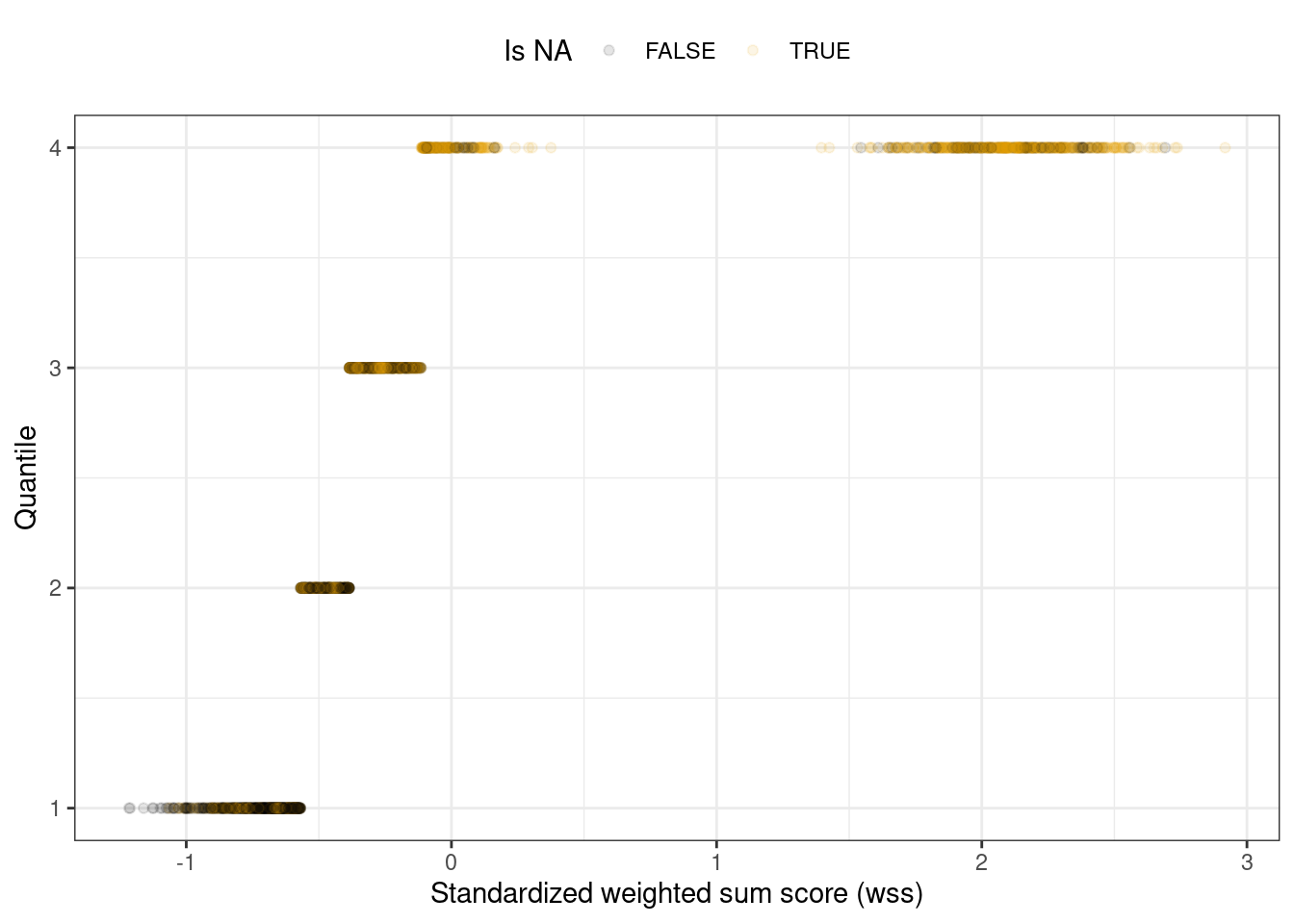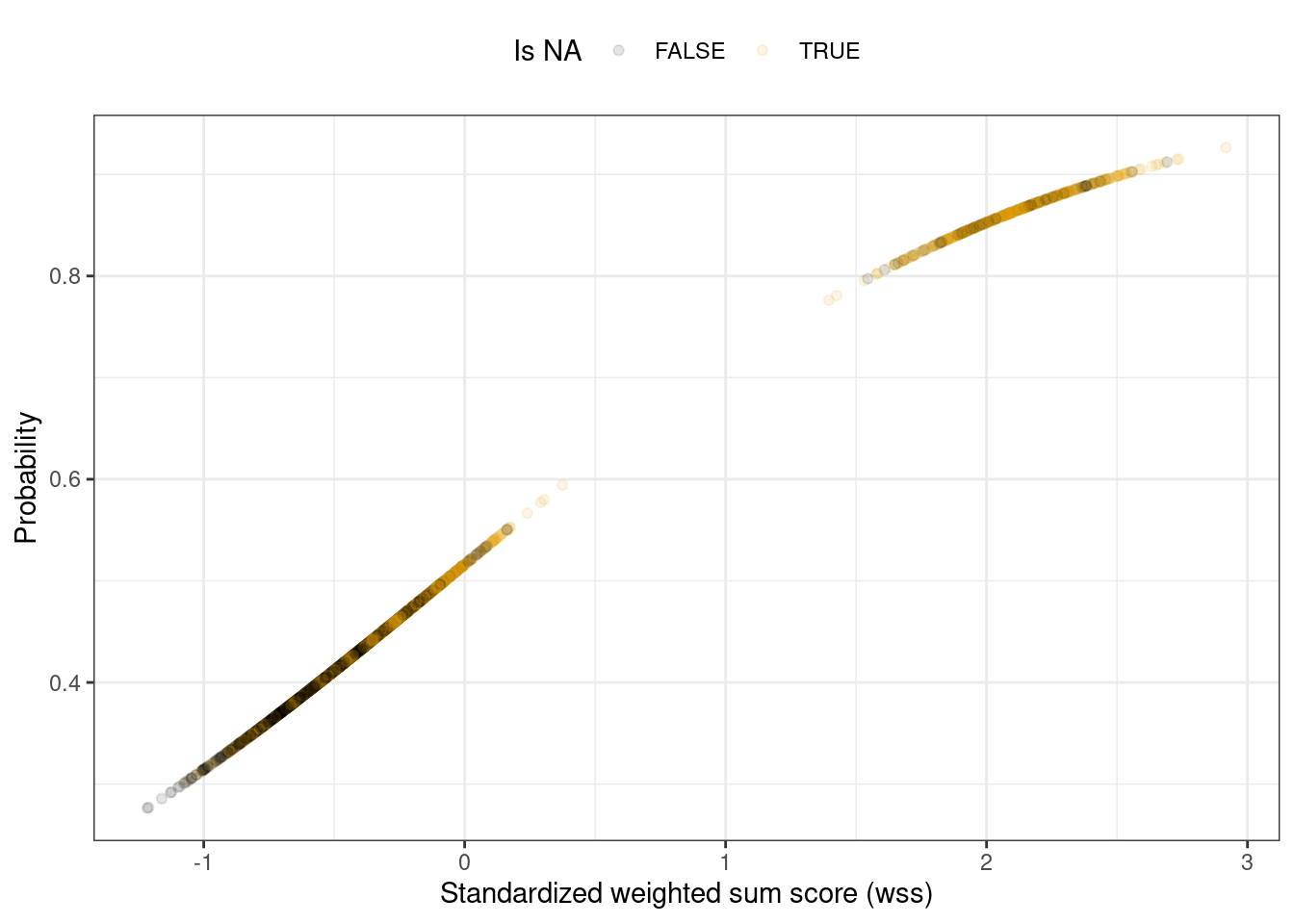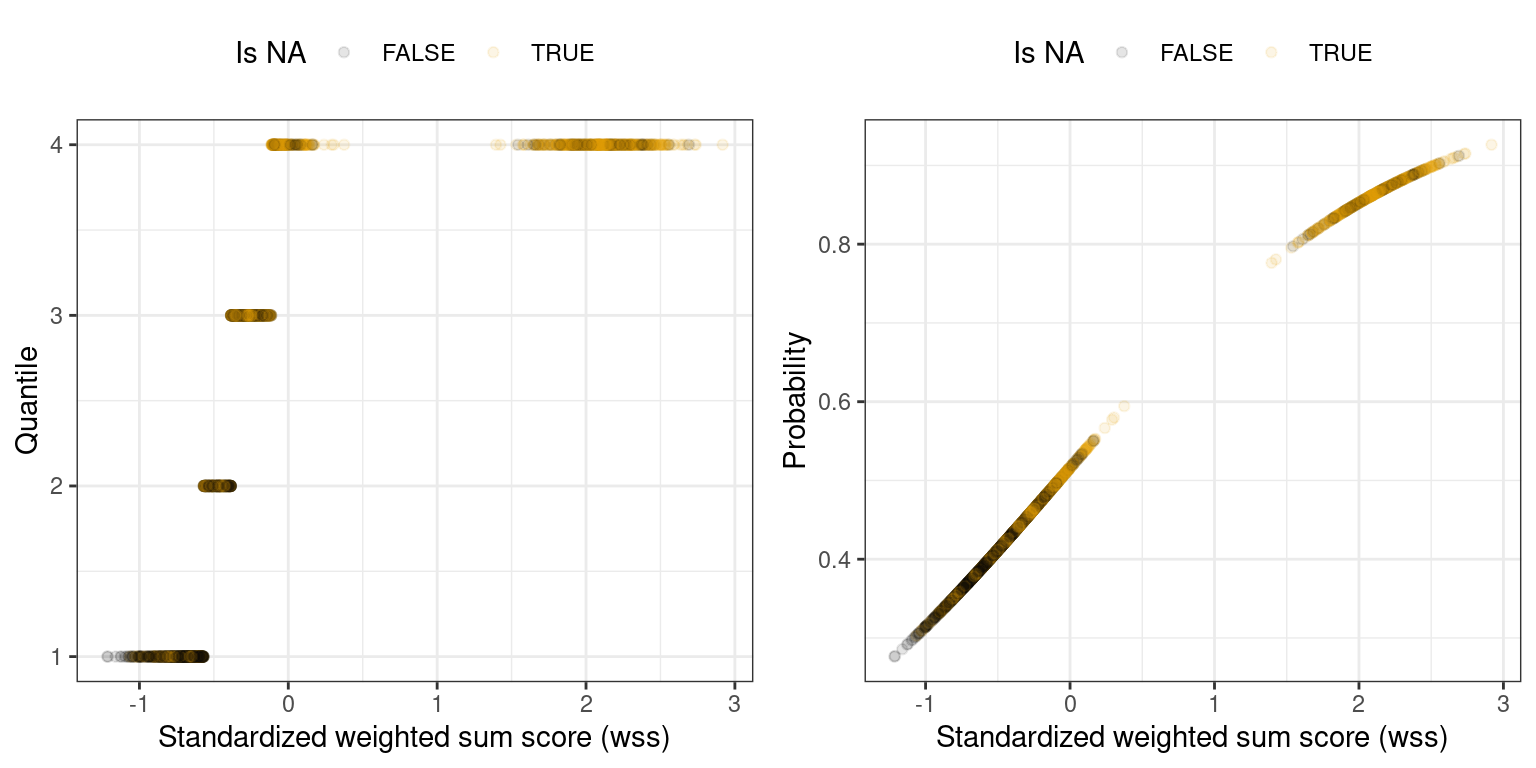R version 4.4.0 (2024-04-24)
Platform: x86_64-pc-linux-gnu
locale: LC_CTYPE=C.UTF-8, LC_NUMERIC=C, LC_TIME=C.UTF-8, LC_COLLATE=C.UTF-8, LC_MONETARY=C.UTF-8, LC_MESSAGES=C.UTF-8, LC_PAPER=C.UTF-8, LC_NAME=C, LC_ADDRESS=C, LC_TELEPHONE=C, LC_MEASUREMENT=C.UTF-8 and LC_IDENTIFICATION=C
attached base packages: stats, graphics, grDevices, datasets, utils, methods and base
other attached packages: cowplot(v.1.1.3), tictoc(v.1.2), mice(v.3.16.0), gtools(v.3.9.5), ggthemes(v.5.1.0), gtsummary(v.1.7.2), gt(v.0.10.1), ggplot2(v.3.4.4), ggsurvfit(v.1.0.0), survival(v.3.5-8), dplyr(v.1.1.4), arrow(v.14.0.0.2) and here(v.1.0.1)
loaded via a namespace (and not attached): gtable(v.0.3.4), shape(v.1.4.6), xfun(v.0.41), htmlwidgets(v.1.6.4), lattice(v.0.22-5), simsurv(v.1.0.0), vctrs(v.0.6.5), tools(v.4.4.0), generics(v.0.1.3), tibble(v.3.2.1), fansi(v.1.0.6), pan(v.1.9), pkgconfig(v.2.0.3), jomo(v.2.7-6), Matrix(v.1.6-4), assertthat(v.0.2.1), lifecycle(v.1.0.4), farver(v.2.1.1), compiler(v.4.4.0), stringr(v.1.5.1), munsell(v.0.5.0), codetools(v.0.2-19), sass(v.0.4.8), htmltools(v.0.5.7), yaml(v.2.3.8), glmnet(v.4.1-8), nloptr(v.2.0.3), pillar(v.1.9.0), tidyr(v.1.3.1), MASS(v.7.3-60), broom.helpers(v.1.14.0), sessioninfo(v.1.2.2), iterators(v.1.0.14), rpart(v.4.1.23), boot(v.1.3-28.1), foreach(v.1.5.2), mitml(v.0.4-5), nlme(v.3.1-164), commonmark(v.1.9.1), tidyselect(v.1.2.0), digest(v.0.6.33), stringi(v.1.8.3), pander(v.0.6.5), purrr(v.1.0.2), labeling(v.0.4.3), forcats(v.1.0.0), splines(v.4.4.0), rprojroot(v.2.0.4), fastmap(v.1.1.1), grid(v.4.4.0), colorspace(v.2.1-0), cli(v.3.6.2), magrittr(v.2.0.3), utf8(v.1.2.4), broom(v.1.0.5), withr(v.3.0.0), scales(v.1.3.0), backports(v.1.4.1), bit64(v.4.0.5), rmarkdown(v.2.28), nnet(v.7.3-19), bit(v.4.0.5), lme4(v.1.1-35.1), evaluate(v.0.23), knitr(v.1.45), markdown(v.1.12), rlang(v.1.1.2), Rcpp(v.1.0.12), glue(v.1.6.2), xml2(v.1.3.6), renv(v.1.0.3), minqa(v.1.2.6), jsonlite(v.1.8.8) and R6(v.2.5.1)


